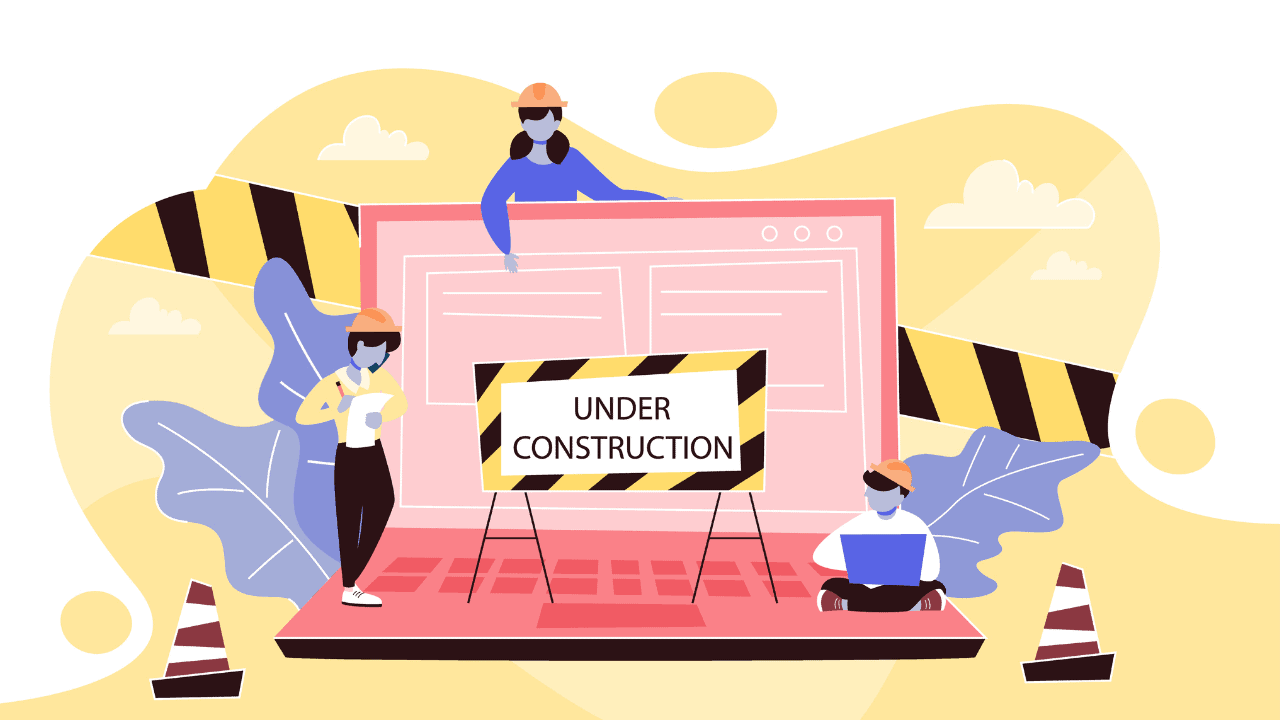5 Reasons Why You Might Need a Site Redesign
Here at Union Street Media, our clients often ask us a common question: “When do I know that my site needs a redesign?” After consulting our team of designers, developers, and internet marketers, we came up with the following design best practices and how keeping your website design fresh can impact your online success.
From us to you, here are some tips we use to diagnose if your website needs an upgrade:
5 Reasons Why Your Real Estate Website Might Need a Redesign
- Your site isn’t mobile-friendly
- Your site needs new tools
- Your website feels outdated
- Your website has poor engagement
- You’re rebranding your company
1. Your site isn’t mobile-friendly.
If your site isn’t mobile-friendly, you’re missing out on a serious chunk of potential clients. If a person comes to your website on a smartphone and encounters problems with reading or navigation, they’re more likely to leave your website in search of another. Talk to your designer about redesigning your website to include a mobile-friendly experience that fits screens across all mobile devices.
2. Your site needs new tools.
Technology is constantly changing, and it’s changing at an exponentially faster rate. The same fact holds true for real estate tools and applications. More and more, homebuyers expect real estate websites to have advanced tools that streamline the search process. If your site doesn’t come with features like natural language search, guided search, or interactive maps, then it may be time for an update. A natural language search tool is important because it allows a buyer to search for homes in a way that mimics human speech. Instead of jumping through hoops to find their dream home, they can simply type something like “3br Back Bay homes over 600k” and automatically narrow their search results to a list of homes that perfectly suits their wants and needs. Guided searches are another important feature that provides value to your potential leads. Guided searches break down your listings into gradually refined groups based on property types, prices, and lifestyles. Interactive maps are particularly effective at allowing buyers to be even pickier about their home search (check out our new map search!). Buyers can draw geographic boundaries around houses on a city block level, which allows a high level of customization and personalization to the home search process.
3. Your website feels outdated.
First impressions are crucial. It used to be that leads got their first impression of a real estate company by walking through your front door and shaking your hand. Not anymore. In an age where 90% of home buyers search online at some point in their home-buying process, first impressions often begin from the moment they land on your homepage. Web code and trends change quickly. Take a look at websites that you admire and websites that belong to your competitors. Notice the design details that make the site pop – and which styles appear clunky. Compare the sites with your own, and see how your site stacks up. Right now, popular design trends include real-life imagery, flat design, and textured fonts. In five years, who knows what the trends will be? The point is to change the design of your website as the design of the real estate industry changes.
4. Your website has poor engagement.
Site engagement can sometimes be hard to determine on your own – especially if you’ve sunk most of your budget into the aesthetics of your design. It’s important to keep your ears open for any usability feedback from your clients. Your site may look beautiful on screen, but that means nothing if your potential leads think the site navigation is confusing. If you notice that your site received a lot of negative feedback, or if you notice that your conversion rates are steadily slipping, then it might be time for a site redesign. Use your data to make smarter choices about the look and feel of your website. Small changes can make a huge impact. Let’s say you’re looking through the analytics data for your site, and you notice that one of your pages has a particularly high bounce rate. Maybe it’s time to remove the page from your website or move a call to action. As you make small changes, pay attention to how those changes affect your data. When you find that a change boosts your site engagement, then you’ll know that you’re moving in the right direction.
5. You’re rebranding your company.
This one is kind of obvious. A word of caution: changing your site too often can be a bad thing. Think about Facebook. Any time the company rolled out a new design of its platform, people despised it. This reaction shows that people grow attached to the way a site looks the more they use it; familiar sites are comfortable to them. If you’re changing your site just for the heck of it, you should probably expect some negative reactions. You should only redesign your website when it will improve your lead generation and support your business goals.
Design is more than just looking pretty, it goes alongside site performance. Updating things like navigation, guided searches, and a smooth mobile experience benefits your user experience while elevating your performance. First impressions matter, and improving bounce rates is a piece of that. If your website is outdated, you may be missing out on both potential clients and SEO performance.
You’re always looking to put your best foot forward in person, ensure you’re doing the same online!
Interested in a new or refreshed real estate website? Contact us today for more information!










